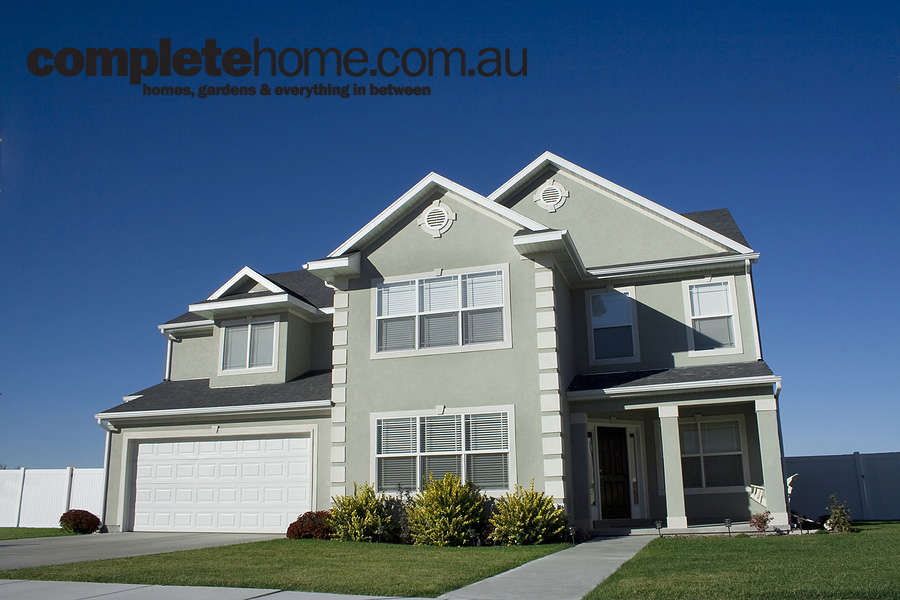By Dr Tracy Wakefield, PhD, MFSE, managing director of Appalachian Log Homes.
Until recently, timber buildings were not considered suitable for the “Flame Zone” category of bushfire. However, recent testing has shown that timber can perform as an excellent wall system for bushfire prone areas.
For many years, the timber industry has struggled to overcome the misconception that timber buildings cannot perform in Australian bushfires. Timber is one of the most renewable, sustainable and lowest carbon emitting building materials. However, timber is also a combustible material and much maligned by the layperson with limited understanding of how timber burns. With the introduction of Australian testing standards in 2007, we have finally been able to prove that timber is a suitable building material even in “Flame Zone”.
Timber and climate change:
Growing trees is the obvious way to remove carbon from the atmosphere and address climate change. Timber is called “carbon positive” because it stores carbon from the atmosphere for years. Using these carbon-storing timber logs instead of conventional building materials can result in an 88 per cent reduction in greenhouse gas emissions.
The difference in greenhouse gas emissions between constructing a residential home in timber as opposed to brick and steel-frame is the equivalent of running a car for 17 years, or heating and lighting a home for 25 years.
Timber in fires:
When timber burns, the char layer acts to insulate unburnt timber from heat, thereby slowing the combustion process. This phenomenon is well understood in the commercial world of fireresistance testing, and charring rates of timber are used to calculate the fire resistance level (FRL) of heavy timber members.
Enclosure fires experience a much longer duration of fire attack and radiant heat flux than bushfire attack, and as a result this testing can be considered extremely conservative for bushfire conditions.
In the case of bushfires, the fire front moves through very quickly (within minutes) and the radiant heat from a bushfire will fluctuate significantly, whereas the testing regime creates a constant heat flux for a full 30 minutes.
Fire testing:
Recently, a 3m x 3m test panel was designed and constructed using 90mm thick tongue and groove Australian White Cypress logs mortised into a heavy cypress post and beam structure. This panel was tested to AS1530.8.2 at Bodycote Warrington Fire Laboratory in Dandenong in late April 2009.
For the first 30 minutes the wall faces a progressive increase in temperature up to 1116K with full flame contact. The panel was then pulled away from the furnace and eight seconds later there was a significant reduction in flaming. After 54 seconds, flaming to over 90 per cent of the panel had self-extinguished. After two minutes and 50 seconds, the panel was essentially extinguished. After 15 minutes, less than 1kW/m2 of heat was generated from the burnt surface.
Fire-testing results:
The testing showed that the wall system could not sustain flaming without a high imposed radiant heat flux, and within a few minutes the panel was safe to walk near, with exceptionally low radiant heat flux from the fire side of the panel (below 1kW/m2 after 15 minutes).
This means that in the unlikely event that the wall was subjected to these extremes of imposed radiant heat for a long enough duration to ignite, it would self-extinguish without intervention, and would be safe to evacuate within minutes. The insulation properties of timber also make it an excellent radiant heat shield to shelter behind during the passage of a fire front.




